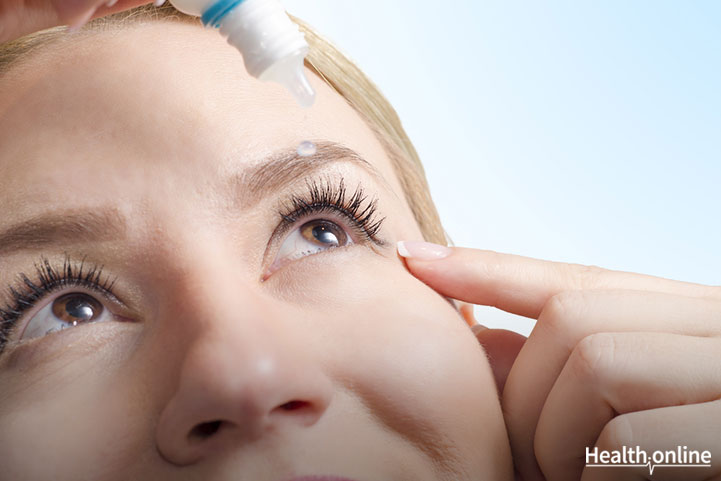
5 Effective Treatments for Dry Eyes
Dry eyes, in many instances, occur due to an underlying health issue (i.e., seasonal allergies or rheumatoid arthritis ), so a doctor will aim to banish dry eyes by treating the underlying issue. For instance, if you happen to be taking a medication that triggers decreased tear-flow, your physician may suggest an alternative drug or refer you to a specialist for treatment. However, if you only experience dry eyes occasionally or seasonally, your doctor may recommend an over-the-counter solution (i.e,.artificial tears eye drops) to better lubricate the eyes and decrease symptoms.
Effective treatments for dry eyes include:
- Over-the-counter eye drops
The most common remedy for mild or occasional dry eyes is artificial tear eye drops and gels. These drops aim to lubricate the eye with a solution that’s very similar to natural tears. If you suffer from mild, chronic dry eyes, doctors will recommend using natural tears first thing in the morning as well as before bed, as the eyes will tend to dry out during sleep. - Prescription eye drops
If you suffer from decreased tear production, your doctor may recommend a prescription eye drop for lubrication, such as twice daily Lifitegrast (or Xiidra) or Cyclosporine (or Restasis) to help increase your ability to produce tears. Keep in mind that steroid eye drops should only be used for the short term. - Testosterone creams
If your dry eyes are caused by lack of testosterone, due to menopause, your doctor may prescribe a testosterone cream to treat your dry eye symptoms . Many women in menopause experience fluctuating levels of testosterone, estrogen, and progesterone hormones, which can trigger eye, nose, and skin dryness. Testosterone specifically can cause decreased tear production by the lacrimal gland. - Lipiflow
Lipiflow is a medical device that aims to unclog the glands in the eyelids that are responsible for tear and natural oil production. Lipiflow applied heat and pressure directly to the glands to reduce any blockages that may exist. - Punctal occlusion
Punctal occlusion may be recommended on a temporary or permanent basis by a doctor depending on it’s effectiveness. This procedure shuts the punctum, the duct responsible for tear drainage. Temporary plugs will dissolve gradually, however, permanent plugs will cauterize tear duct drainage in order to trigger an increase in natural tear production.




